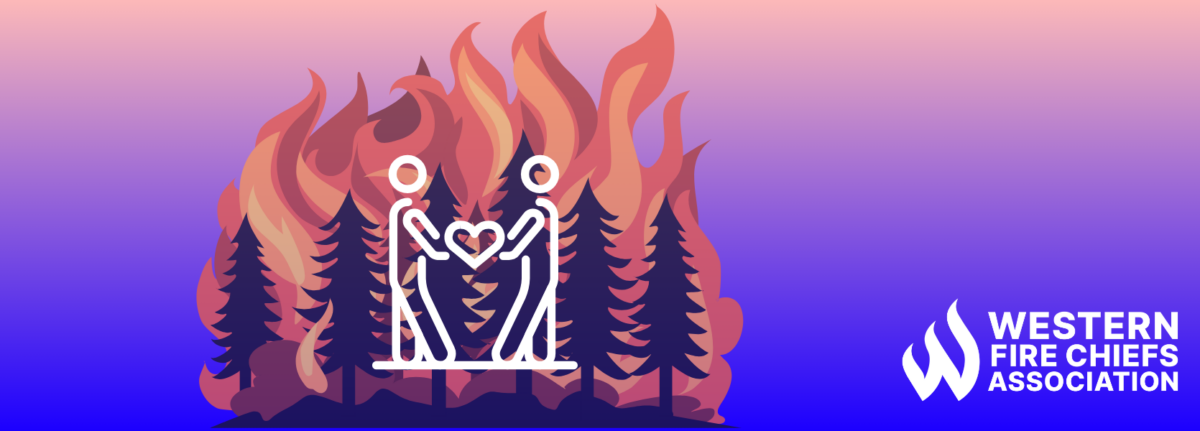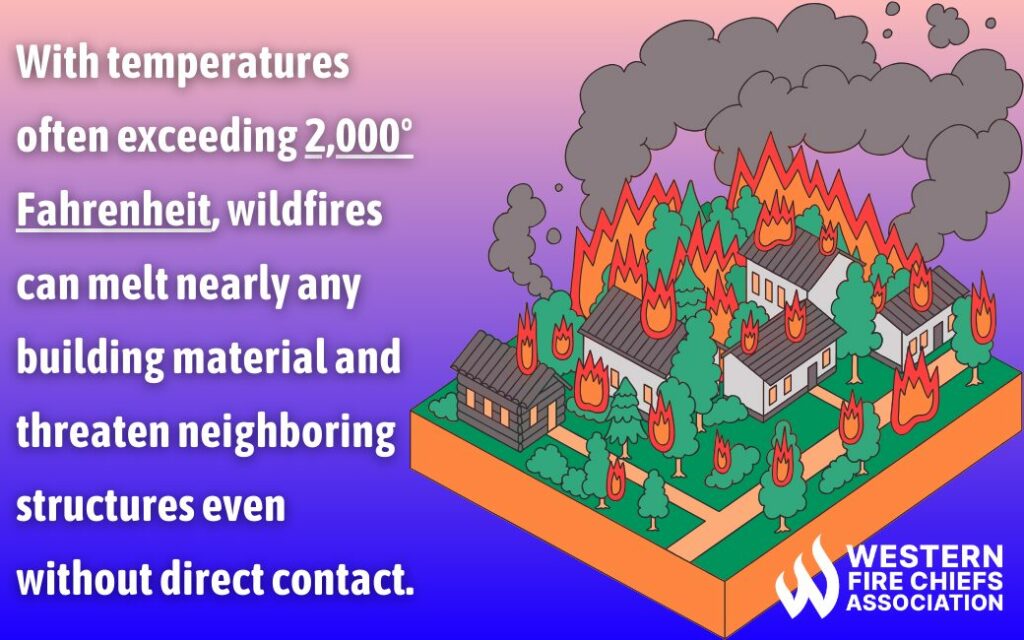Fire Pit Safety Tips
Stay safe around the campfire with tips from the Western Fire Chiefs Association. Learn essential precautions and practices for a worry-free outdoor campfire.
Explore the impact of wildfires on communities. Uncover the challenges faced and strategies for resilience in the face of these devastating natural disasters.
Published:February 6, 2024
Edited:April 14, 2024

Explore the impact of wildfires on communities. Uncover the challenges faced and strategies for resilience in the face of these devastating natural disasters.
With wildfires increasingly common, especially in densely populated regions, it’s crucial for communities in fire-prone areas to grasp their potential impacts. This includes effects on the local economy, infrastructure, community health, and ecosystems. Understanding these implications enables proactive measures and preparedness strategies to mitigate risks and ensure community resilience in the face of escalating wildfire threats.
As wildfires rage through or near a community, they set off a domino effect on the local economy, depending on the extent of damage. If the fire reaches homes and businesses, financial distress ensues, leading to a long road to recovery.
In areas affected by wildfires, tourism revenue declines due to safety concerns, road closures, and poor air quality. Some tourists avoid wildfire-prone areas altogether, further exacerbating lost tourism revenue.2 The most recent example of this is the August 2023 wildfires that ravaged the Hawaiian island of Maui, where the popular and historic town of Lahaina was lost. After the wildfire, West Maui was losing about $9 million a day and small business owners reported losing three-quarters of their business.3
The increased frequency of wildfires slowly begins to impact job growth in fire-prone areas. In regions where wildfires are common, the employment growth rate drops by 1.3% in the year the fire occurs. At the county level, wildfires cause a 0.4% uptick in the average employment growth rate.1
Insurance companies face substantial payouts for property damage, business interruption, and liability claims resulting from wildfires. Consequently, insurers may raise premiums or reduce coverage in wildfire-prone areas, impacting homeowners, businesses, and local economies.
Wildfires have the power to disturb critical infrastructure sectors like transportation, communications, power and gas services, and water supply, while also degrading air quality and causing significant losses of property, crops, resources, animals, and human lives. With temperatures often exceeding 2,000° Fahrenheit, wildfires can melt nearly any building material and threaten neighboring structures even without direct contact.
Telecommunication towers are vulnerable to direct fire damage and the loss of supporting electrical facilities disrupted or destroyed by wildfires. Smoke from wildfires can adversely affect regional crops, soil compositions, and vegetation, including wine grapes. Additionally, smoke, soot, and debris deposition in elevated areas can disrupt snowpack development, alter wind patterns, and exacerbate runoff during future storms.
Wildfires can cause long-term harm to vegetation and critical root systems, leading to sediment runoff and contaminant concentrations in water systems, which can compromise water and wastewater facilities. Burning undergrowth can undermine bridge structures, necessitating prolonged damage assessments. Harmful soot and ash accumulation in water sources impair visibility, delay transportation, and diminish air quality, potentially triggering shelter-in-place orders and straining medical services.4

Wildfires present significant threats to community health, primarily through the poor air quality caused by the wildfire’s smoke. The release of gases and fine particulate matter during wildfires penetrates deep into the lungs, causing coughing, wheezing, and shortness of breath. Vulnerable groups such as those with pre-existing respiratory conditions, the elderly, and children are especially at risk. Wildfire smoke exposure can also trigger cardiovascular problems like heart attacks and strokes. Long-term effects include decreased lung function and chronic respiratory diseases.5 The mental health of community members may also suffer from stress, anxiety, and post-traumatic stress disorder (PTSD).
Wildfires have profound and varied impacts on local ecosystems, significantly influencing both wildlife populations and vegetation dynamics. One of the most immediate consequences of wildfires is the destruction of habitats critical for numerous wildlife species. In addition to habitat destruction, wildfires can fragment landscapes, making movement between patches of suitable habitat challenging for wildlife.
The impact of wildfires extends beyond wildlife populations to vegetation dynamics and ecosystem processes.7 While some plant species may be resilient to fire and even benefit from it, others may struggle to recover, leading to shifts in plant community composition and ecosystem functions.
Despite the destructive nature of wildfires, they also play a crucial role in ecosystem renewal and regeneration.6 As the landscape recovers from the fire, pioneer species colonize the newly available space, initiating the process of ecological succession and paving the way for the eventual restoration of diverse and resilient ecosystems.
Stay safe around the campfire with tips from the Western Fire Chiefs Association. Learn essential precautions and practices for a worry-free outdoor campfire.
Discover essential firework safety tips to ensure a dazzling display without accidents. Learn how to celebrate responsibly with expert guidance from WFCA.
Explore the role of AI in wildfire prediction with guidance from the WFCA. Learn how advanced algorithms and data analytics enhance early detection and response.